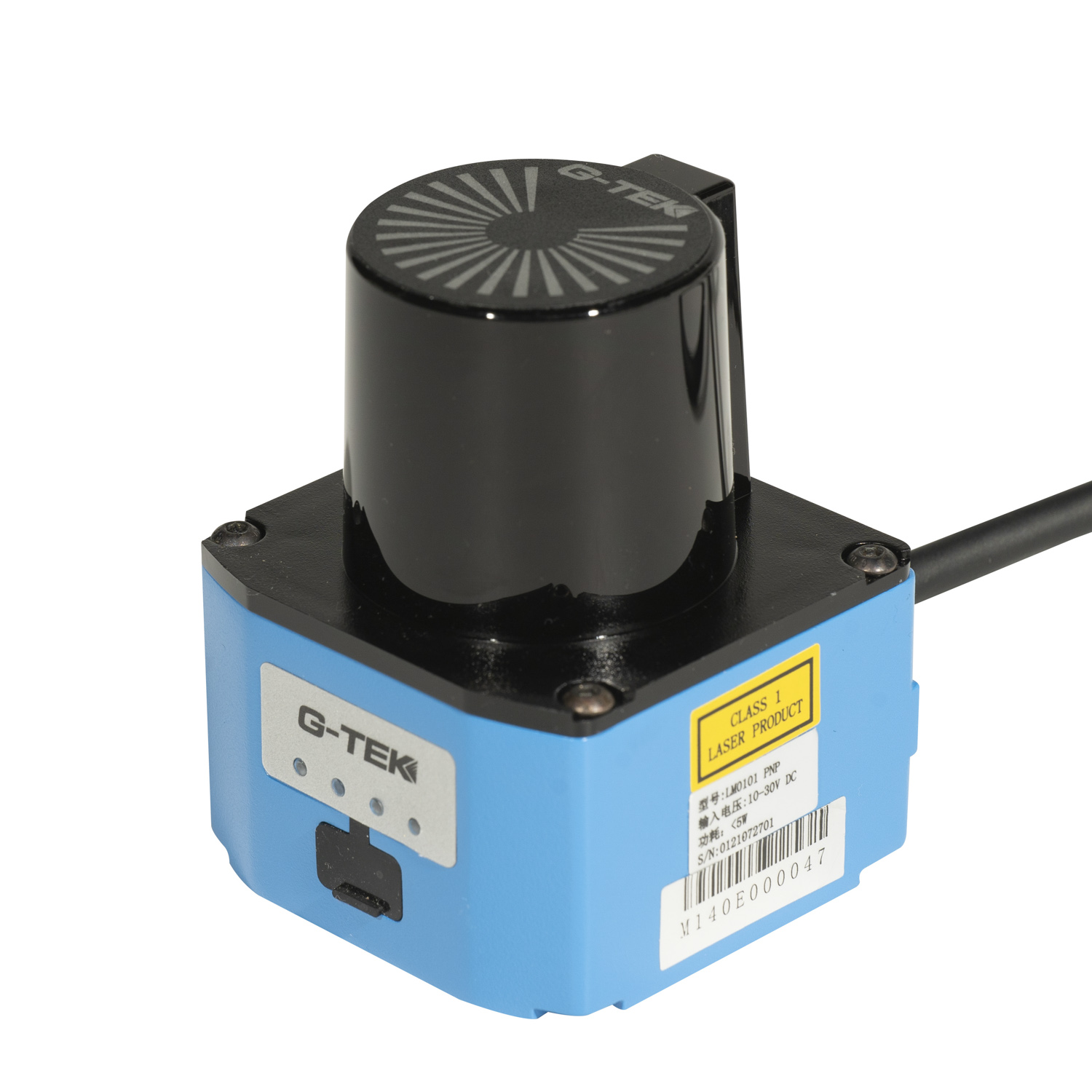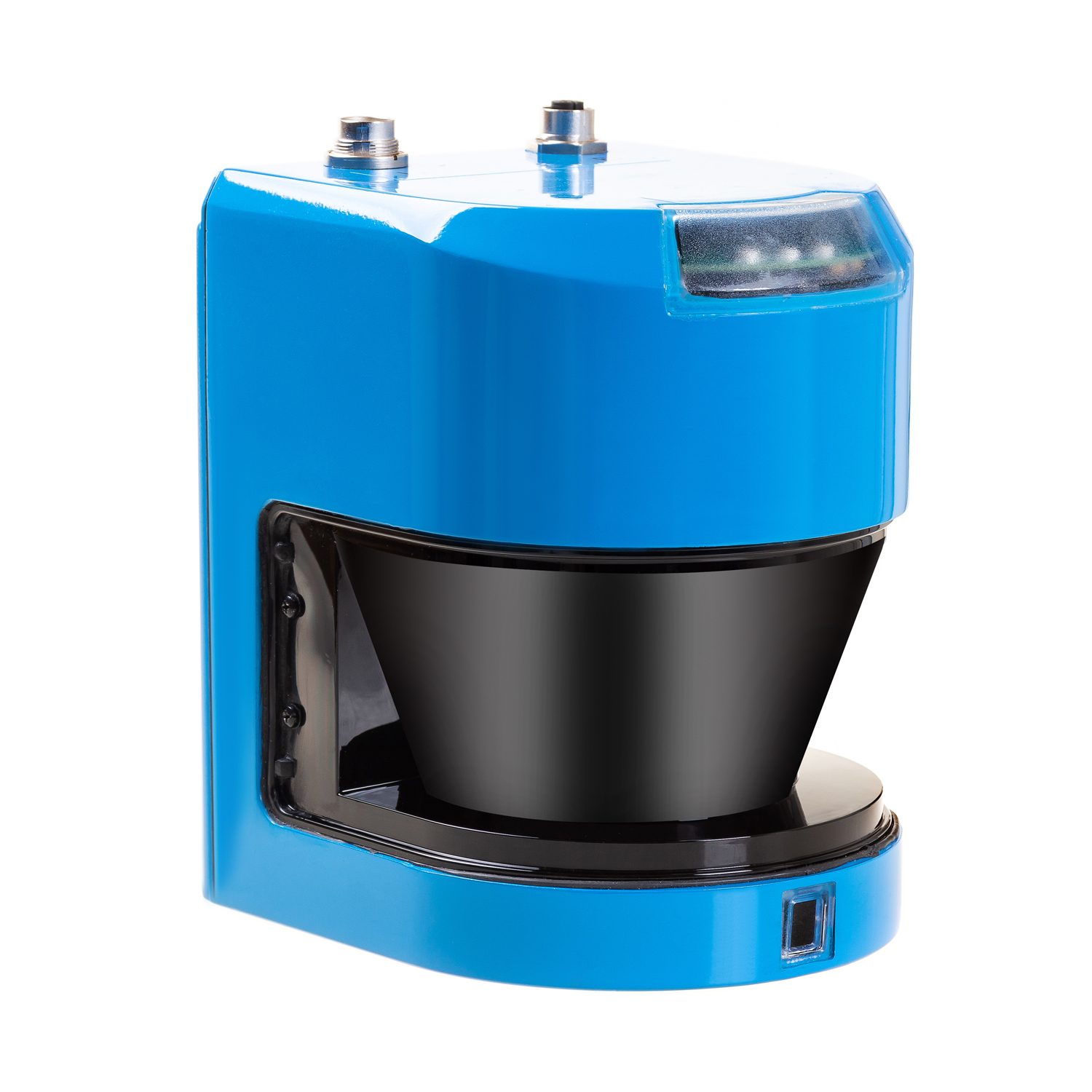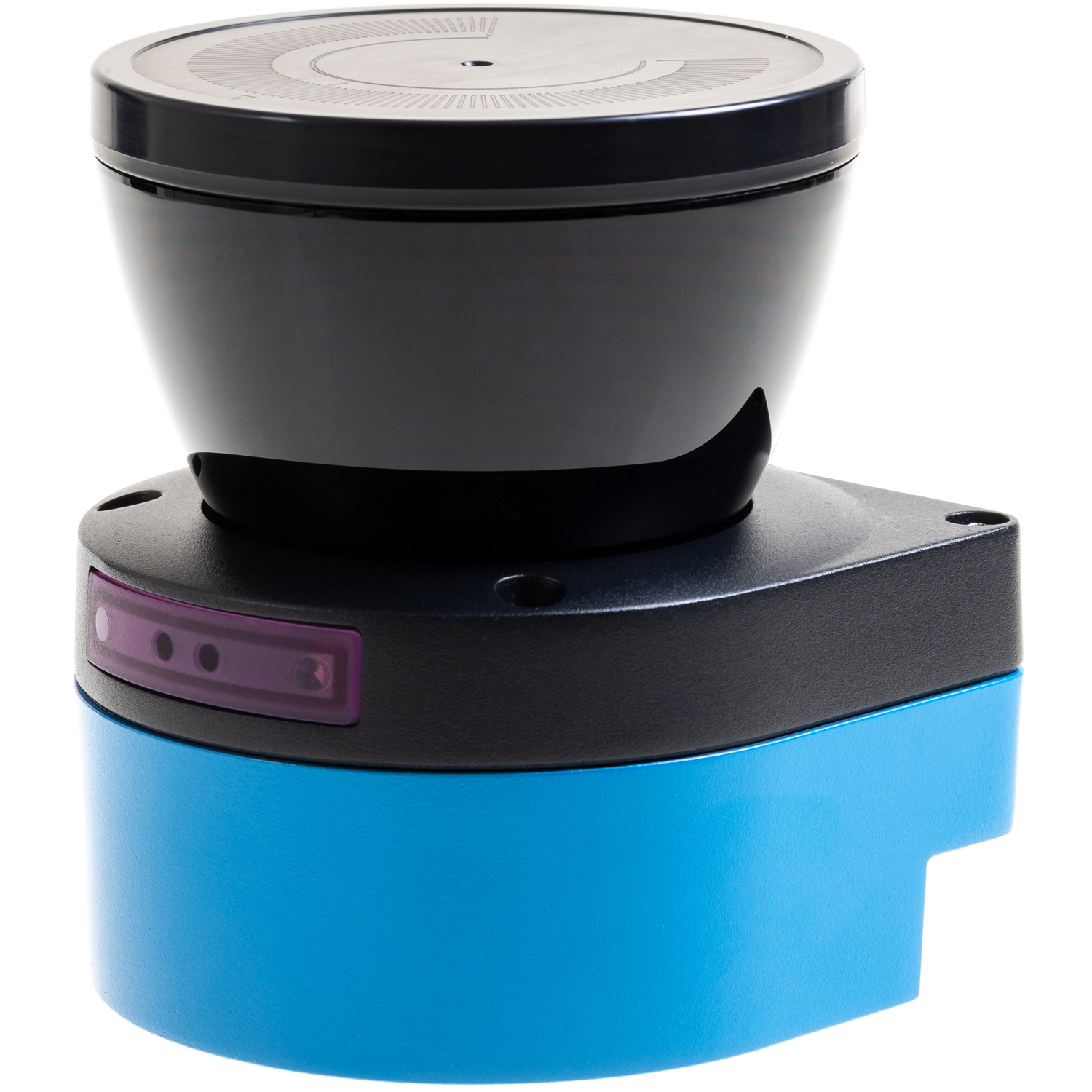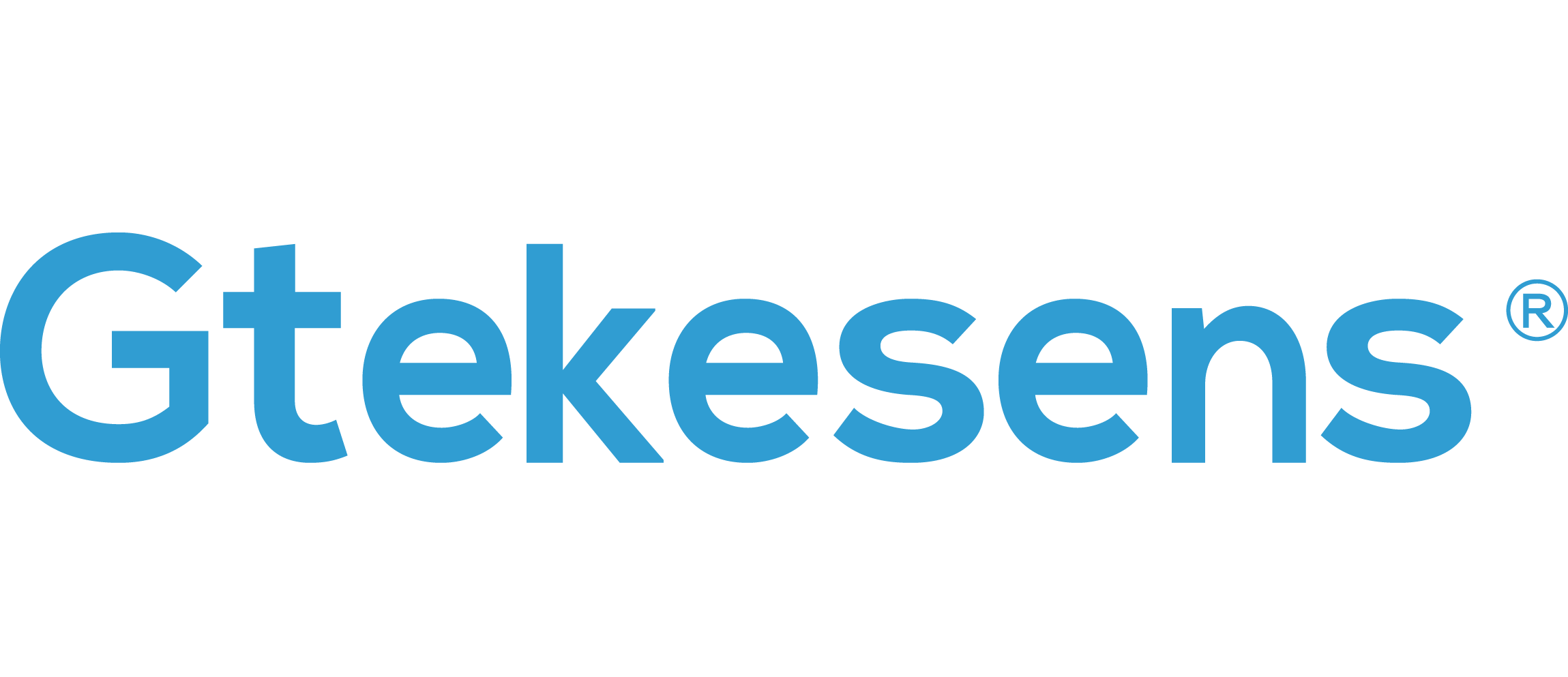NEWS
Radar knowledge:Classification and characteristics of LiDAR
- Categories:News
- Author:
- Origin:
- Time of issue:2022-08-02 11:55
- Views:
(Summary description)As a well-known Chinese lidar manufacturer, G-TEK Sensors also recently launched a new obstacle avoidance radar product. In this regard, let's talk about the classification of lidar.
Radar knowledge:Classification and characteristics of LiDAR
(Summary description)As a well-known Chinese lidar manufacturer, G-TEK Sensors also recently launched a new obstacle avoidance radar product. In this regard, let's talk about the classification of lidar.
- Categories:News
- Author:
- Origin:
- Time of issue:2022-08-02 11:55
- Views:
In recent years, with the development of the overall AGV/AMR market and the development of laser navigation AGV/AMR, the number of LiDAR manufacturers on the track has begun to increase. After a long period of polishing, its stability and reliability have achieved rapid development, and there have also been certain breakthroughs in related technologies, especially obstacle avoidance radar. As a well-known Chinese lidar manufacturer, G-TEK Sensors also recently launched a new obstacle avoidance radar product. In this regard, let's talk about the classification of lidar.
1. TOF & Trigonometry
Lidar can be divided into two main types according to the ranging principle: triangular ranging and time-of-flight ranging. Among them, time-of-flight ranging is divided into direct time-of-flight ranging and indirect time-of-flight ranging. The principle of trigonometry is to emit laser light through a laser. After irradiating the object, the reflected light is received by the linear CCD. Since the laser and the detector are separated by a certain distance, according to the optical path, objects with different distances will be imaged at different positions on the CCD. . According to the trigonometric formula, the distance of the measured object can be deduced. The principle of TOF is that the laser emits a laser pulse, and the timer records the outgoing time, the returning light is received by the receiver, and the timer records the returning time. The "time of flight" of light is obtained by subtracting the two times, and the speed of light is constant, so it is easy to calculate the distance once the speed and time are known. Compared with the triangulation ranging method, ToF calculates the target distance by measuring the flight time of the light pulse, and the timing accuracy will not change as the distance becomes farther, so that the distance resolution of ToF ranging is the same in the entire range. There will be no substantial changes. At the same time, ToF ranging processes all high-speed pulse signals, which has the advantage that the entire measurement process takes very little time, and a very high measurement frequency can be easily achieved. Overall, high precision and fast response are the main advantages of TOF-type lidars. This feature is more in line with the obstacle avoidance requirements of AGV/AMR cars in industrial scenarios. Therefore, in the current industrial field, AGV/AMR obstacle avoidance lidars are generally based on TOF. type-based.
At present, G-TEK Sensors has only launched one LiDAR for AGV/AMR obstacle avoidance: the LMO safety laser scanner. This product is the TOF type. Fast response, 25,000 measurements can be made in 1 second, and the default response time is 40ms. Professional EMC design and rigorous testing ensure stable and reliable operation of products in complex and harsh electromagnetic environments, support user-defined 32×3 groups of defense zones with different shapes, safety output + measurement data output, and meet user safety obstacle avoidance and measurement requirements.

LMO safety laser scanner
2. Single-line LiDAR and multi-line LiDAR
Lidar can be divided into single-line lidar and multi-line lidar according to the number of lines. Single-line lidar refers to the radar in which the beam emitted by the laser source is a single line, and the obtained 2D plane scan map. Multi-line LiDAR refers to a laser rotating ranging radar that transmits and receives multiple laser beams at the same time. Currently, there are mainly 4 lines, 8 lines, 16 lines, 32 lines, 64 lines and 128 lines in the market. Multi-line LiDAR can Identify height information of objects and obtain 3D scans of the surrounding environment. At present, industrial AGV/AMR obstacle avoidance is mainly based on single-line lidar. Compared with multi-line lidar, single-line lidar has faster response in angular frequency and sensitivity, and is very accurate in testing the distance and accuracy of surrounding obstacles. . However, single-line radar can only scan in plane, cannot measure the height of objects, and has no 3D modeling function. In contrast, 3D lidar can scan three-dimensional space, output dense three-dimensional point clouds, and provide real-time positioning, navigation and obstacle avoidance for AGV/AMR. Provide richer information support to detect obstacles around the vehicle body and changes in ground terrain to the greatest extent. On the other hand, 3D lidar has the advantages of strong detection ability of low reflectivity objects, strong anti-interference ability of ambient light, strong ability to penetrate rain, fog, snow and dust, and can be used in complex indoor and outdoor scenes. With the continuous deepening of AGV applications, the application of 3D multi-line lidar will be the future trend, but for now, single-line is still the mainstream application, because for most of the current AGV/AMR application scenarios, single-line lidar has been enough to meet its obstacle avoidance needs.
As an LSD of single-line lidar products, its longest measuring distance is up to 50 meters. Moreover, the product has a self-diagnosis function to ensure the normal operation of the lidar.

LSD safety laser scanner
3. Mechanical lidar and solid-state lidar
Mechanical & solid-state are classified according to whether there are mechanical rotating parts inside the radar. Lidar can be mainly divided into three types: mechanical, solid-state and hybrid solid-state. Mechanical LiDAR refers to a mechanical scheme that drives the overall rotation of the opto-mechanical structure through a motor. Components such as laser pulse transmitters and receivers will rotate 360° with the scanning module, thereby generating a three-dimensional point cloud and realizing environmental protection. Perceptual scanning.
Compared with mechanical lidar, solid-state lidar only scans in one direction at a certain angle, and its coverage is limited. However, the mechanical structure of complex high-frequency rotation is cancelled, the durability has been greatly improved, and the volume can be greatly reduced. The hybrid solid-state radar does not need to rotate the laser transmitter and receiver through the mechanical structure to perform 360-degree scanning. The volume is relatively small and the cost is relatively low, but there are some small mechanical moving parts inside.
G-TEK Sensors' mechanical lidar product LND, taking advantage of its high precision and large viewing angle, can be used in conjunction with LSD to measure the width and height of the vehicle to achieve distance measurement, input settings, and comprehensive judgment and evaluation of vehicle entry and exit processes. Vehicle dynamic separation.

LND safety laser scanner
On the whole, the current industrial AGV/AMR field is dominated by TOF-type, single-line, and mechanical lidar applications, but whether it is an ontology manufacturer or a lidar manufacturer, it can be seen that everyone is constantly exploring higher performance and lower performance. Cost-effective laser obstacle avoidance solution.
Scan the QR code to read on your phone
Copyright © 2019 Tianjin G-TEK sensor technology co..ltd 津ICP备19006465号-1 Powered By 300.cn










